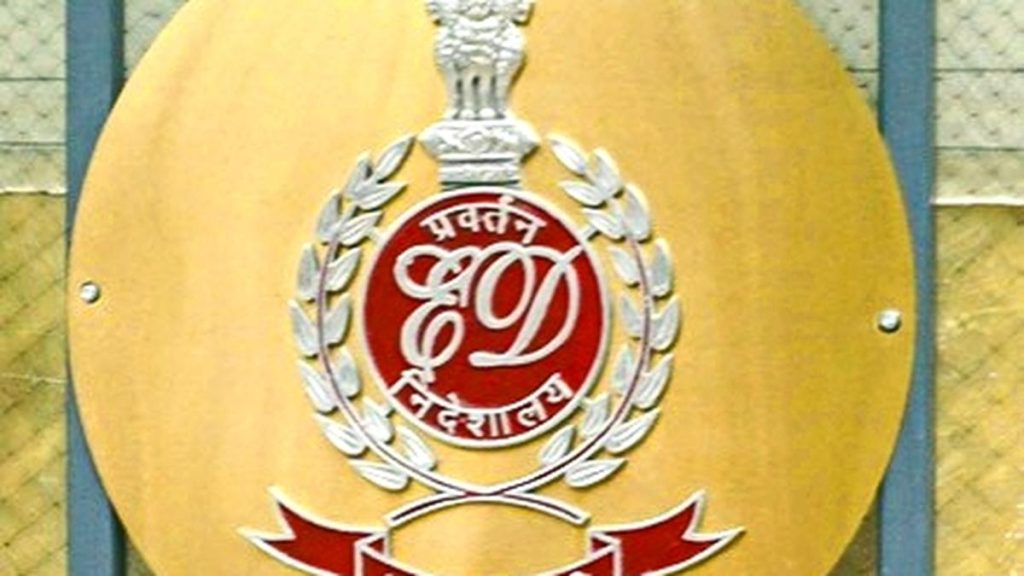Now Reading: GHMC Gears Up for Seamless Ganesh Idol Immersions
-
01
GHMC Gears Up for Seamless Ganesh Idol Immersions
GHMC Gears Up for Seamless Ganesh Idol Immersions

Fast Summary
- The Greater Hyderabad Municipal Corporation (GHMC) has set up 74 artificial ponds alongside 20 main tanks for the immersion of Ganesh idols across the city,including locations such as Hussainsagar,Saroornagar,IDL,Safilguda,and Sunnam tank.
- Multiple types of ponds-baby ponds,mud ponds,dug ponds,portable tanks,and mobile ponds-have been created too ease logistics during immersions.
- GHMC Commissioner R.V. Karnan emphasized a smooth and incident-free process with adequate arrangements at all immersion points. These include:
– 134 static cranes and 269 mobile cranes distributed across key points.
– Deployment of Disaster Response Force (DRF) teams and swimmers for safety; Hussainsagar alone has nine boats accompanied by 16 DRF teams and 200 swimmers ready for operations.
- Preparation works covering an extent of over 839 km included pruning tree branches and fixing hanging wires near immersion routes; approximately 10,269 potholes have been filled along these roads to enhance accessibility.
- For cleanliness post-immersion:
– GHMC will deploy over 14,486 sanitation personnel working in three shifts with support from action teams on immersion day.
– Over five lakh trash bags already distributed at local pandals for waste collection by devotees.
– On the final day itself: 2,000 sweepers, 102 mini-tippers, 125 earthmovers, and 30 sweeping machines will be dedicated to garbage removal efforts.
Indian Opinion analysis
The systematic approach adopted by GHMC highlights critically important advancements in urban event management during large-scale religious festivities like Ganesh Chaturthi.With measures such as artificial pond setups easing logistical burdens from major water bodies-including Hussainsagar-and infrastructure repairs covering extensive stretches of procession routes (over ~839 km),it is indeed evident that proactive planning emphasizes environmental sustainability while supporting spiritual practices.
the deployment of thousands of sanitation workers backed by machinery not only ensures post-event cleanliness but also reflects genuine government commitment toward civic order amidst growing urban challenges like waste accumulation during public celebrations in megacities.
By integrating modern tools such as portable tanks and leveraging partnerships with entities like HYDRAA or Tourism Departments for water safety enhancements at key sites (e.g., nine boats stationed), India’s urban governance model continues evolving into scalable solutions adaptable across regions hosting similar events annually around pressing eco-concerns linked towards idol immersions’ effects fishes/plastics plantaion long run*.
[Read more](https://www.thehindu.com/theme/images/th-online/1x1_spacer.png

























